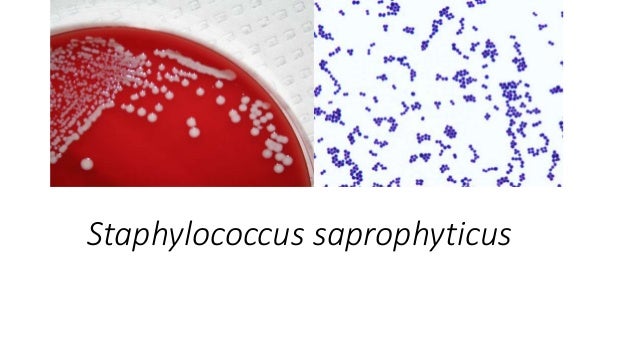Algoritmo de identificacin de Staphylococcusjpeg 1248. Epidermidis is often found as contaminant of clinical samples. تعد بكتيريا Staphylococcus aureus الأكثر خطورة بين جميع الأنواع المختلفة والشائعة للمكورات العنقودية staphylococcal bacteria.

Staphylococcus Epidermidis Wikipedia

Staphylococcus Epidermidis Bacteria Microscopic Photography Things Under A Microscope Microscopic

Staphylococcus Bacteria Examples Classification And Characteristics

Bacteria Definition Types Infections Live Science

Staphylococcus Epidermidis An Overview Microbe Notes

Staphylococcus Epidermidis Wikipedia

These gram-positive sphere-shaped coccal bacteria see figure How Bacteria Shape Up often cause skin infections but can cause pneumonia heart valve infections and bone infections.
Staphylococcus epidermidis بكتيريا. Epidermidis is the first. Staphylococcus saprophyticus is an important cause of symptomatic UTI in young sexually active women. Aug 15 2019 Biochemical Test and Identification of Staphylococcus epidermidis.
Staphylococcus equorum Schleifer et al 1985 Species. Epidermidis has long been considered nonpathogenic it is now recognized as a relevant opportunistic pathogen 1. Staphylococcus epidermidis ما هو العنقودية البشروية المكورات العنقودية البشروية هي مكورات إيجابية الجرام سلبية المخثرة coagulase-negative وهي جزء من البيئة المحيطة.
It forms white colonies on blood agar. Staphylococcus epidermidis Winslow and Winslow 1908 Evans 1916 Species. It is part of the skin flora of humans and its largest populations are usually found at the axillae perineum and inguinal areas.
Haemolyticus also colonizes primates and domestic animals. It is non-pathogenic in most circumstances. This organism can grow as a biofilm enhancing its ability to glide over surfaces such as catheters.
In addition many humans carry strains of this bacteria on their skin nose and pharynx as harmless. May 01 2013 Staphylococcus epidermidis is a common commensal bacterium of the human skin and mucosa. The following 12 files are in this category out of 12 total.
It grows in aerobic conditions but also in anaerobic conditions without air. Staphylococcus fleurettii Vernozy-Rozand et al 2000. The introduction of the drug is recommended to continue for another 2-3 days after normalization of body temperature and symptoms disappear.

Staphylococcus Epidermidis An Overview Microbe Notes

Staphylococcus Aureus Biofilms And Their Impact On The Medical Field Intechopen

Staphylococcus Epidermidis Wikipedia

Staphylococcus Epidermidis An Overview Microbe Notes

Staphylococcus Epidermidis An Overview Microbe Notes

Staph Epidermidis And Saprophyticus

Staph Epidermidis And Saprophyticus

Staphylococcus Bacteria Genus Britannica

Staphylococcus Epidermidis Wikipedia

Staphylococcus Epidermidis 1 000x 1 Microbiology Microbiology Lab Medical Laboratory Scientist

Pin On Sciart Microscopy Images

Pin On Your Every Day Yoga

Differences Between Staphylococcus And Streptococcus Microbiology Info Com

 لاينز موقع لاينز
لاينز موقع لاينز